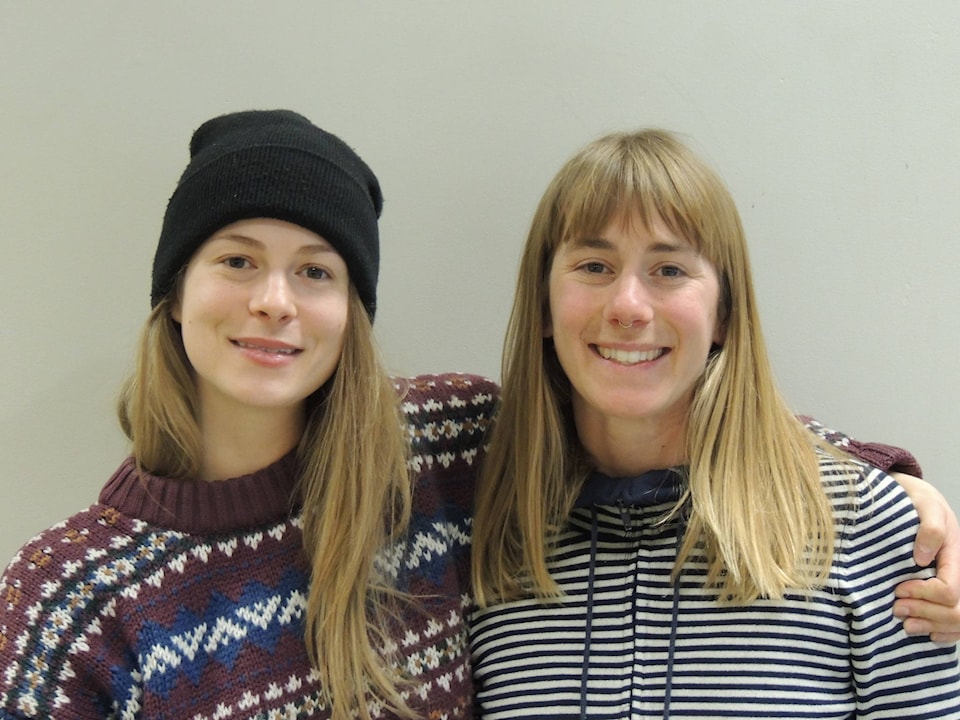A new national park is on the horizon for BC, one that has been a long time in the making. The proposed South Okanagan-Lower Similkameen National Park Reserve would protect species and ecosystems found only in this arid region.
The creation of a national park in local backyards has been mired in controversy since the initial proposal in 2004. Several issues have slowed the progress of creating the national park including existing grazing tenures, mining claims, the use of the area for helicopter training and working with the Okanagan National Alliance.
Ranchers are one of the most vocal objectors to the park because ranches require the existing grazing Crown tenures to sustain their business. During a regional meeting in August 2018, Parks Canada stated that “existing grazing leases within the park boundaries would be grandfathered.” This may be the golden ticket to move forward.
In another step moving forward, Parks Canada met with the regional district and Okanagan National Alliance in September 2018. By working together, they aim to have park boundaries decided by spring or summer 2019.
The South Okanagan-Lower Similkameen area is the southernmost point of the Interior Dry Plateau and is subject to dry climates. This area is home to a number of endangered ecosystems such as the dry bunchgrass grasslands and open ponderosa pine forest. Parks Canada has identified the area as one of the 39 distinctive components of the national landscape.
These ecosystems are rich in biodiversity and are home to an array of different species. Specifically, it houses 56 federally listed species-at-risk including the American badger, burrowing owl, and bighorn sheep. Creating this national park will help protect biodiversity, ecological integrity, and provide opportunities for visitors to experience the recreational aspects of the park.
At just under 300 square kilometers, the park reserve is divided into two areas, the northern and southern components. The proposed park is a patchwork of provincial parks (status and protection standards will be upgraded to that of a national park reserve), protected areas, and multi-use crown and private lands. Parks Canada has stressed that private lands will not be expropriated. It will only be purchased on a willing-seller/willing-buyer arrangement.
Even after many feasibility studies, Parks Canada took a step back from the project in 2011, but since 2017, there is more forward motion. Further consultations with the BC government and the Okanagan Nation Alliance will take place this fall to further discuss the park concept. Public consultations will be online where individuals can share their concerns, although the regional district managers of the Okanagan-Similkameen has said “the time to protest the national park [reserve] is over.”
The term national park reserve is used to recognize that there are unresolved claims of aboriginal rights in the area. Think of the Pacific Rim National Park Reserve in BC or Nahanni National Park Reserve in the Northwest Territories. A park reserve has the same protection status as a national park.
We shouldn’t expect to start hiking the trails any time soon though. This is a “long and detailed process.” Even after a boundary has been finalized it will be a 12 year process before park operations begin. However, this is a positive step forward to protecting this unique Canadian ecosystem.
Jenna Schulhof and Stephanie Jouvet are second year recreation, fish, and wildlife students at Selkirk College Castlegar.
